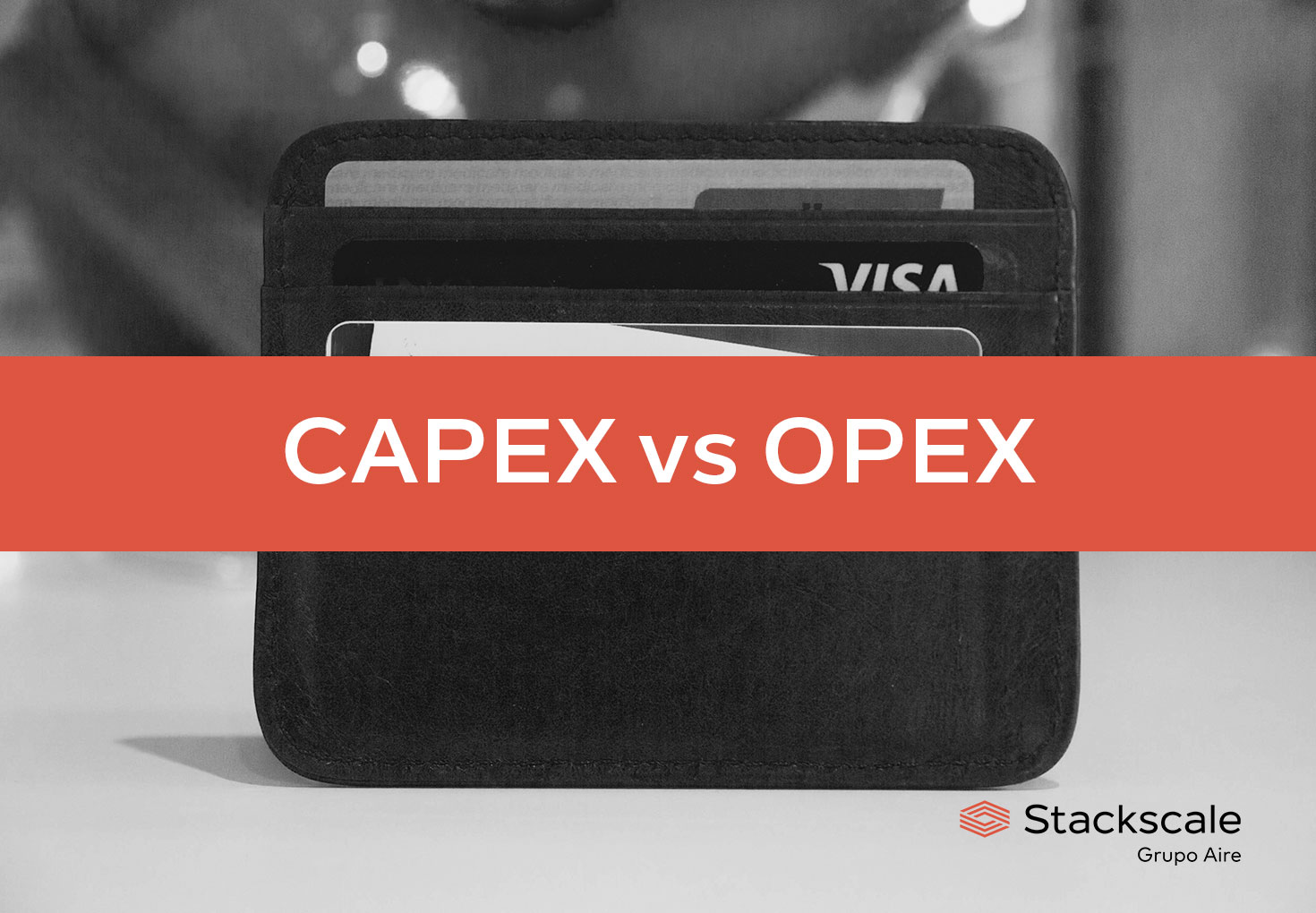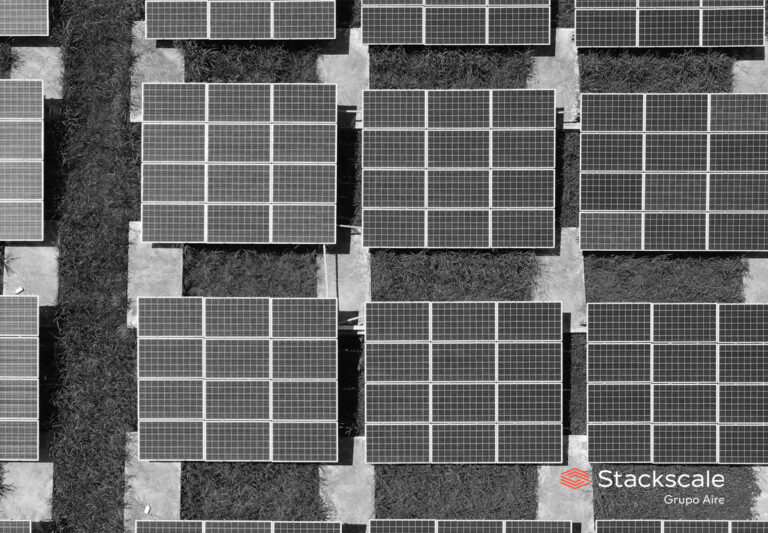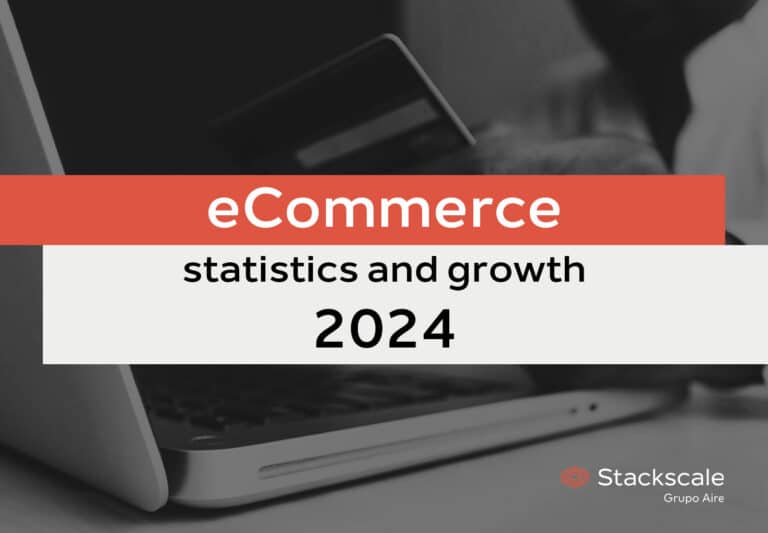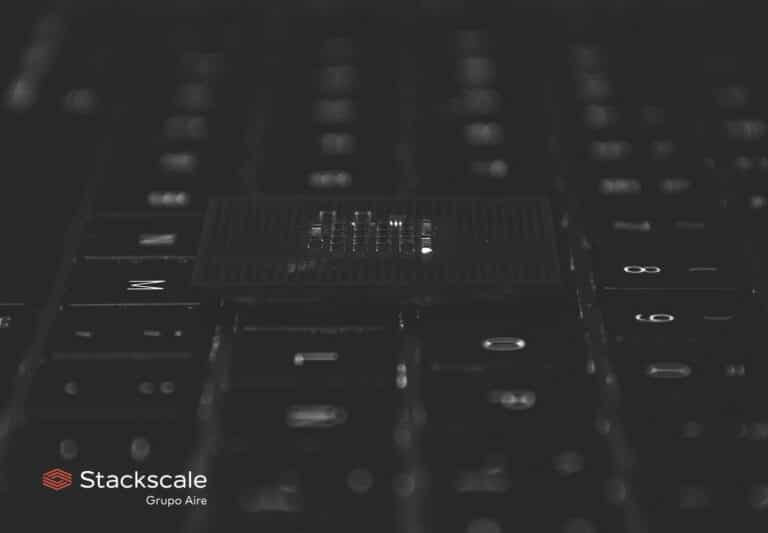CAPEX or OPEX? There is no one-size-fits-all solution for all businesses. So making a well-informed decision is clearly the way to go. Cost-efficiency and agility are key for competitiveness in an always changing economy. But there are many other aspects to consider as well.
CAPEX vs OPEX
While large capital investments on IT can be a barrier for competitiveness, cloud solutions enable businesses of all sizes to take advantage of new technologies more quickly and cost-efficiently. That is why, even though cloud repatriation is gaining popularity among CIOs and CTOs, they do not often go back to an on-premise data center. On this matter, it is worth carrying out the “CAPEX vs OPEX” comparison.
CAPEX: Capital expenditure
The CAPEX model is the one traditional IT solutions are based on. CAPEX or capital expenditure refers to the amount of money a company spends on purchasing or upgrading goods. The goods purchased by a company depreciate over time, as they remain in the company for several years.
Capital expenses are considered an investment and cannot be deducted annually, since its lifespan is longer. CAPEX can be tangible (hardware and facilities) or intangible (software licenses and intellectual property). Purchasing a server is a simple example of capital expenditure in IT projects.
By reducing CAPEX in IT equipment, companies can reduce both capital and operational expenses. Since, in addition to the large investment required for purchasing IT equipment, there are many operational costs associated with its management, maintenance, upgrade, repair and disposal.
OPEX: Operational expenditure
The OPEX model is the one cloud solutions are based on. OPEX or operational expenditure refers to the amount of money a company spends on services that are necessary to keep the business running (utilities, wages, etc.). Operational expenses can be deducted annually. The costs related to the maintenance of a server is a simple example of operational expenditure in IT projects.
By opting for an OPEX model, companies do not need to make a large, upfront investment in equipment and infrastructure, nor long-term commitments. Thus, they can allocate resources to tasks and investments which are more meaningful to their business and customers.
Furthermore, moving from a CAPEX to an OPEX approach in IT not only helps reduce costs but also provides many other advantages. For instance: increased productivity, better uptime guaranteed by SLA and more agility to grow on demand. Besides, it is worth mentioning that a cloud environment combined with managed services can significantly reduce operational costs as well.
Main benefits of changing from a CAPEX to an OPEX model
Migrating from on-premise to cloud delivers many benefits to companies, way beyond cost-efficiency and scalability. Here are some of the most important ones:
- Pay-as-you-go approach. Companies can invest their available capital in more revenue-generating solutions such as R&D, lead generation or product development.
- Outsourced management and maintenance. Technical teams can focus on tasks adding more value to the business and customers. This allows companies to increase competitiveness and enter new markets.
- Greater scalability and agility. Businesses can scale their infrastructure up and down whenever necessary. They can update their technical infrastructure faster in order to adapt to the evolving needs of the business; leveraging new opportunities.
- Increased availability, redundancy and security.
- Improved business continuity and disaster recovery. Cloud providers like Stackscale offer a high level of redundancy and security, so companies can achieve the level of business continuity they need for their mission-critical systems, more competitively. Besides, most cloud providers provide businesses with disaster recovery solutions adapted to their DRP.
To sum up, as cloud computing is at the core of digital transformation processes, finding the most suitable solution for each project is a priority for companies. Therefore, a close collaboration between technology and finance teams is key to successfully manage IT costs and make the most of investments.
Thinking about migrating to the cloud? Our cloud experts can help you find the right solution for your business.




